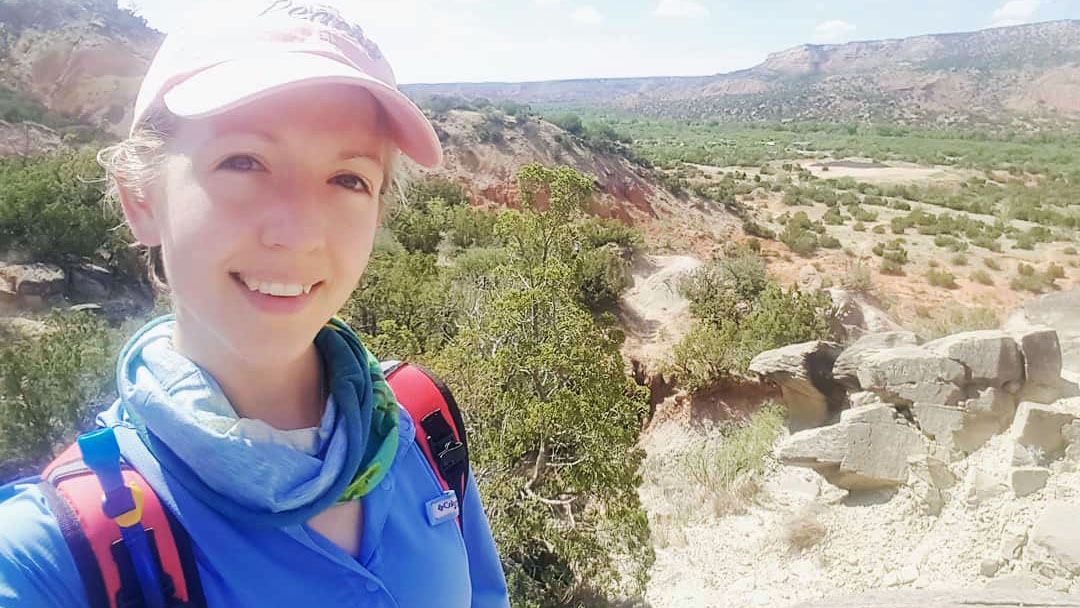
Student Highlight: Kaylei Chau

By Sherah McDaniel, Research Associate
Kaylei started working with EIH as an undergraduate intern in 2017. After graduating
that May with her bachelor's in environmental science, she continued to work for EIH
as a field technician and has since become a research associate. After working on
a myriad of projects and becoming a crew lead for the EPA’s National Rivers and Streams Assessment in 2019, she decided to continue her education at UHCL by pursuing a master's in
environmental science. Coincidentally, at that same time, EIH began working with the
Harris County Flood Control District (HCFCD) to evaluate the treatment potential of floating treatment wetlands (FTWs) in stormwater
detention basins. Knowing the focus of this project would be right up her alley, Kaylei jumped at
the opportunity to use this study for her thesis. She has continued to work as a crucial
full-time staff member while also balancing the responsibilities of being a graduate
student, which is no easy feat! Kaylei will be defending her thesis and graduating
this semester and I had the opportunity to ask her a few questions about her work.
Keep an eye out for Kaylei’s thesis defense announcement to learn more about the results!
SM: Tell us more about your floating treatment wetlands.
KC: My project looked at utilizing native wetland plants to improve water quality
in urban catchments. FTWs are artificial islands that rise and fall with fluctuating
water levels. The roots of the plants are suspended in the water column for runoff
to pass through. These roots, especially when large and fibrous, act as a physical
filter for sediment flowing through while also acting as a sponge for pollutants.
This results in cleaner water making its way to the outfall where it is then released
into surface waters. We implemented our study at two of the ponds on the University
of Houston-Clear Lake campus, which receive runoff from campus buildings, roads, and
parking lots. Some of the FTWs can still be found in Potter Pond off of Bayou Road
East.
SM: Why are floating treatment wetlands important?
KC: Stormwater runoff contains a multitude of pollutants that often end up in our
waterways. Conventional water treatment practices can be extremely costly and require
even more land development, so adding these FTWs to existing catchments can help to
enhance water quality without requiring more development. Improving the quality of
our waterways means improving habitat for wildlife as well as for human use.
SM: What positive impacts have you observed?
KC: Since the project began in 2020, the enthusiasm from local officials over the
possibilities that FTWs provides has been very encouraging. In particular, a part
of my thesis evaluates how easy FTWs are to make on your own. I was able to share
my experience and findings with a few interested Texas landowners who had issues with
water quality in some of their waterbodies during my time as crew lead for the EPA’s National Lakes Assessment in 2022. It was such a unique opportunity to be able to share the benefits of FTWs
directly with landowners and I hope to be able to continue to do so after publishing
my thesis.
This article initially appeared in Riffles and Reeds - January 2024.






